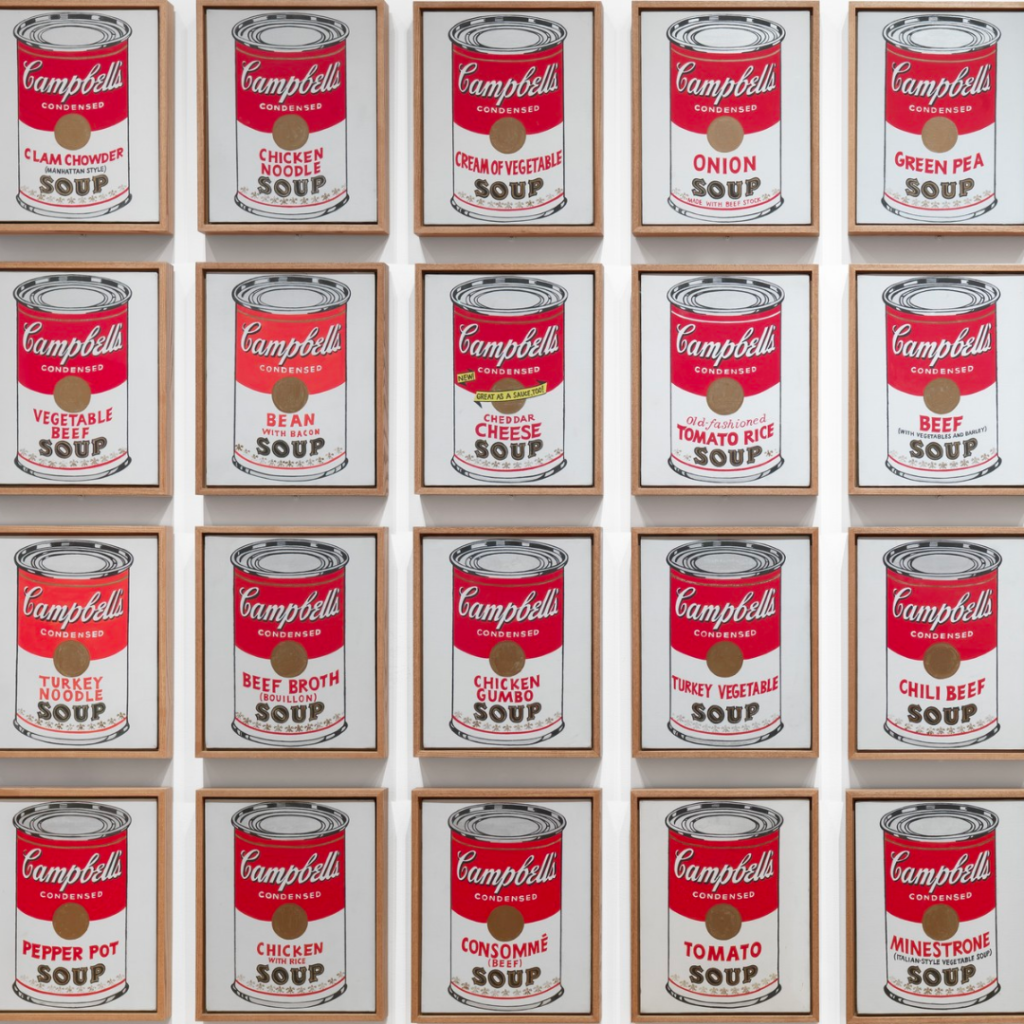COURSES TAUGHT

Special Topics: Data Visualization & Culture
University of Utah | Spring 2023
The purpose of this course is to develop visual and data literacies to critically assess data visualizations found in everyday life and to create effective data storytelling tools. Through a combination of lectures, discussions, and labs students will learn key design and visual communication principles as well as the history of data visualization from the 17th century to the present. Working at the interface of the humanities, arts, and technology, students will develop skills in data gathering, cleaning, analysis, and visualization for studying the arts, history, literature, and other traditionally qualitative subjects. Over the course of the semester, students will become proficient in Tableau data visualization software, and design and execute an original Digital Humanities project on a topic of their choosing. Intended as an introduction to the digital and data-driven humanities, this course has no prerequisites and does not assume any prior knowledge of Tableau, coding languages, or data processing.

Special Topics: History of Monuments
Guilford College | Spring 2022
The purpose of this course is to explore the historical, material, visual and social lives of monuments and memorials, broadly defined. Over the course of the semester we will explore the various forms that monuments may take, from monumental works of sculpture or architecture commemorating historical events and prominent individuals to the more vernacular—and often ephemeral—memorials we encounter in our everyday lives. In exploring these objects through the critical lenses of race, gender, class, disability and religion, we will engage with the ways in which monuments globally serve as active agents of oppression, cultural memory, surveillance, resistance and subversion.

Modern Art
Guilford College | Spring 2022
This course provides an introduction to the history Modern Art, from the mid-nineteenth century through the 1960s. Over the course of the semester, students will learn to identify and distinguish between various Modern artistic movements from Realism to Pop, while engaging critically with primary and secondary sources to contextualize artistic production historically, socially, politically, economically and culturally. This course will also cover fundamentals of art historical writing and research.

History of Photography
Guilford College | Fall 2021
This course emphasizes familiarity with photographic technology, recognition of major photographic works, attribution to the photographer who made them, and comprehending relationships between photographs and relevant social and historical context. These elements will be considered individually and together as appropriate in order to better understand the developments in the history of photography from 1839 to the present.

Introduction to the Visual Arts
Guilford College | Fall 2021
This course is designed to provide an overview of the principal visual arts including their aesthetic qualities, structural forms, and historical roles. We will examine art both in its chronological and geographic frameworks as well as across time and place through media and thematic connections. By becoming acquainted with the formal appearance of artworks, deciphering the underlying content, and recognizing what these elements reveal about the cultures and artists that produced them, student will gain a broad understanding and general appreciation for visual arts of all kinds.

Introduction to World Art History, 1200–present
Duke University | Summer 2021
This course provides an introduction to the history of art and architecture from ca. 1200 to the present day. Over the course of the semester, students will learn to recognize and distinguish various artistic movements, genres, and materials as well as to identify a selection of key objects and creators in the history of art. In developing skills of visual literacy, students will engage critically with the social, political, technological and/or economic contexts within which key artistic movements emerged, developed and declined. Intended as both a survey of artistic traditions and an introduction into art history as a discipline, this course will also cover fundamentals of art historical writing, close reading of primary sources and approaches to art history.